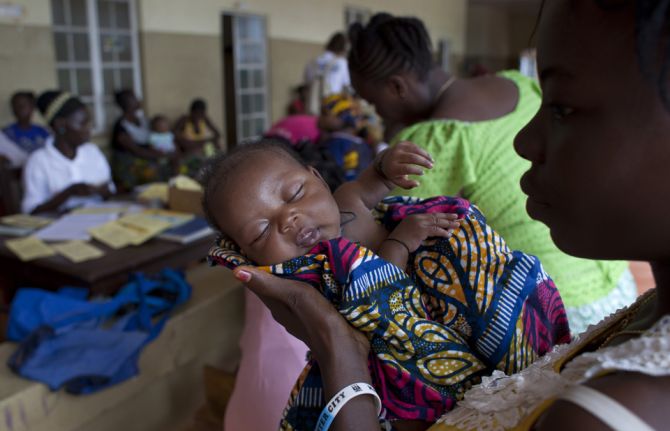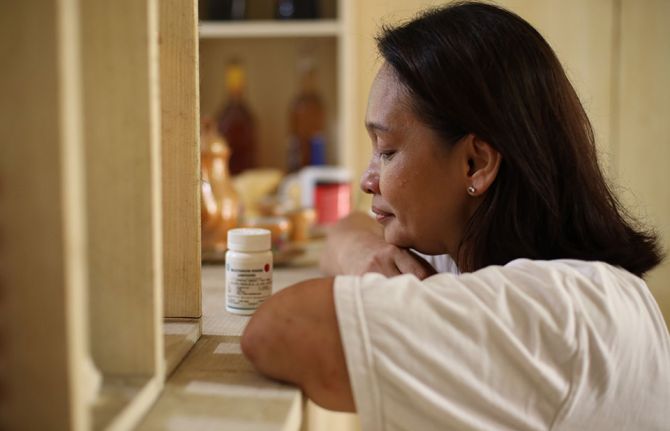

Update
Closing the diagnostics gap for HIV for young infants
25 October 2016
25 October 2016 25 October 2016To achieve the Fast-Track Targets and end the AIDS epidemic by 2030, new HIV infections among children must be eliminated. HIV can pass from mother to child during pregnancy, childbirth and breastfeeding, but with antiretroviral therapy mother-to-child transmission rates can fall to 5% or less.
The World Health Organization (WHO) promotes a comprehensive approach to preventing mother-to-child transmission of HIV. One important part of this strategy is to provide appropriate treatment, care and support to mothers living with HIV, their children and other family members.
Since 2005, owing to effective programmes that prevent mother-to-child transmission, the number of children born HIV-positive has dropped by about 70%. In 2015, around 1.4 million mothers living with HIV gave birth and 150 000 infants were infected with HIV globally. HIV-positive infants have their highest mortality in the first three months of life, so their HIV status must be diagnosed quickly in order that they can receive the treatment they need.
However, a serious diagnostics gap exists. Only 51% of infants exposed to HIV globally are tested by the time they are six weeks old, the age recommended by WHO. Half will never receive their results. Of those who do test positive and receive their results, only half are linked to care. So of the 150 000 babies born HIV-positive in 2015, only around half will be linked to care.
UNITAID is helping to close the diagnostics gap. Through its partners, UNITAID has invested more than US$ 300 million to widen availability to affordable, quality-assured diagnostic technologies in low- and middle-income countries. Crucially, UNITAID is making those tests available where people seek care, even in remote settings, to ensure that young patients quickly get the treatment they need.
Early infant diagnosis (EID) tests are suitable for infants, whereas rapid diagnostic tests are unsuitable for young infants, as a mother’s antibodies can be present in her child’s blood for up to 18 months after birth. UNITAID aims to make EID tests available for less than US$ 30. The test takes less than two hours to run, so infants can get same-day diagnosis and be linked immediately to care. This reduces the number of infants whose results are lost or delayed, and saves on the costs of later diagnosis.
With additional refinements, point-of-care testing of infants could further decrease infant mortality. UNITAID Operations Director Robert Matiru stresses the importance of regular testing. “Testing at birth can tell physicians if a baby was infected in utero,” he says. “But if a child is infected at birth, HIV seroconversion will not be detectable in the blood until weeks later. Re-testing at the recommended 6 weeks is essential.”
UNITAID currently has projects under way to make point-of-care EID and viral load tests available and affordable in 16 African countries. Innovative platforms, tailored to decentralized health settings, make it easy for health workers to carry out several types of tests. UNITAID funds operational research to check that each health solution is cost-effective, appropriate to the setting and scalable. The insights gained from this work in turn inform treatment guidelines, national plans and policies for preventing and treating HIV, and global HIV strategies, feeding back into a cycle of ever-more effective programmes.



